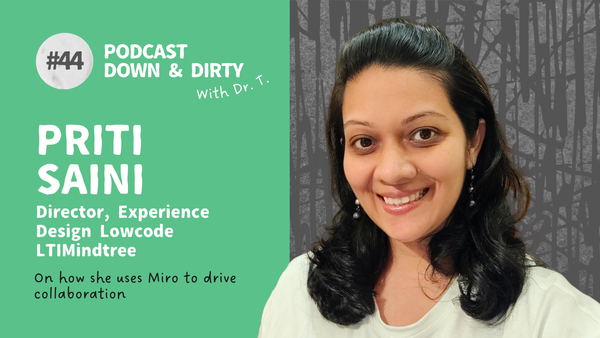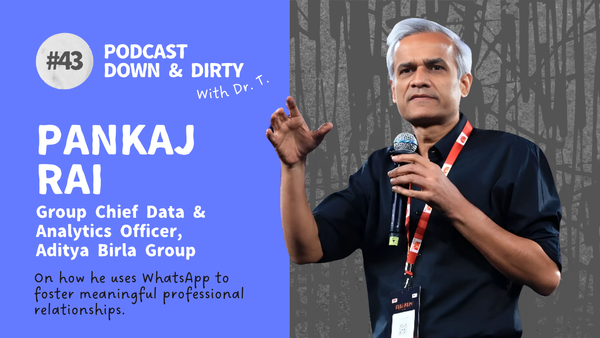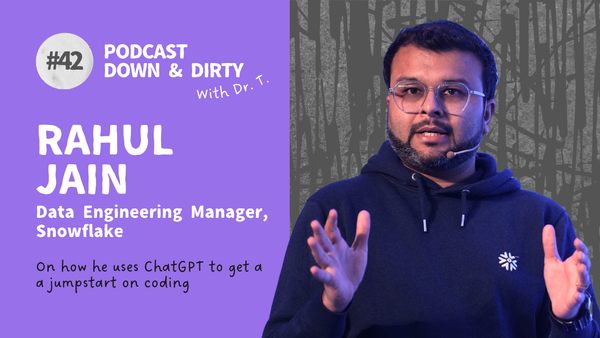🪄How do you recruit for User Research?
Getting the right participant for a study is integral to the success of user research companies. Let's answer some big questions about recruiting.

Written by: Nimisha Raizada
Working as the content marketer for a user research company in India, a big part of my job is to get in more people for studies. Getting the right participant for a study is integral to the success of user research companies.
Let me take this opportunity to answer some big questions about recruiting.
How do I build my user panel?
At Poocho, we run two types of recruitment: Targeted and general.
Targeted recruitment hones in on specific user demographics. We use this method when recruiting for particular studies. It ensures that the research participants fulfill the unique criteria of a product's intended audience.
On the other hand, general recruitment is a perpetual ongoing effort that fosters diversity and inclusivity, broadening our reach for every new study.
When running targeted campaigns, it is important to lay down clear parameters for the type of audience you want to reach. Without clear guidelines, the endeavor becomes a futile expenditure of time, money and resources.
So, how do you decide on these parameters? And how do you market to them?
There are many ways to decide your target audience but allow me to demonstrate how I personally do it. In this article, I detail the comprehensive six-step process I employ to identify and market to my target users.
How can I fully utilize social media platforms for successful recruitment efforts?
Once you have decided your target audience, it is time to market to them. Every platform has its own merits and demerits when it comes to study recruitment.
At Poocho, our main go-to for recruitment is Instagram. Whatever the requirements, more often than not, you can find your audience on Instagram.
In this article, my colleague, Prakriti Kumar, talks about all things Instagram and how you can tap into its full potential to find the best research participants.
Now, while it is true that it is easier to find your audience on Instagram, there are instances where the platform may not align with your target demographics. It might be that you are looking for participants that are older in age or for professionals of a particular industry.
In which case, try LinkedIn! This article details how you can utilize the platform's free features to recruit participants for your study.
Is it viable to use the same approach for every recruitment effort?
Short answer: No. In fact, you might have to employ different recruitment strategies even when dealing with the same study.
Some time ago, my colleague Tarushi Mohan had the opportunity to lead a cultural analysis project for a luxury brand, focusing on Ludhiana and Chennai, two distinct cities. The study required talking to women from different cultural backgrounds and getting their perspectives on the brand’s products.
While recruiting, she soon realized that a uniform recruitment approach didn't work across both cities; what succeeded in Chennai did not yield the same results in Ludhiana.
How did she adapt to these variations and customize her approach to recruit the ideal participants? You can read about her experience here.
I hope that these tips help elevate your research study recruitment game- Happy researching!
Cover photo by: Traitov via canva



